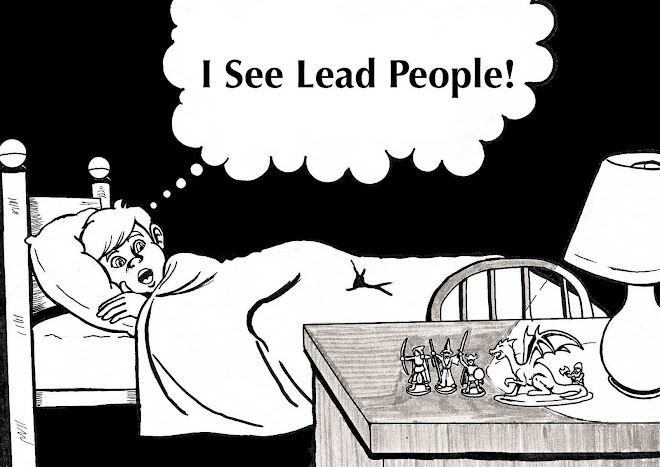Today I'd like to share some general information on the humans of the Valderian Empire.
For the most part, the Kingdom of Valderia and the Seven Baronies all share a common culture, with the exception of the Barony of Karrmarke in the north which is culturally more like the Lyndermarkes. Each barony has it's own local character and customs, but the predominant culture reflect those norms exported from Valderia over the centuries of conquest and consolidation that have brought them all together. The Lynderrmarkes have their own distinct culture.
We will begin with home life and the character of the people of Valderia.
Home Life
Valderians are known for their love of life and their origin as merchants and traders has left them for a taste for the finer things. Cities and towns in Valderia are famous for their numerous open-air eateries, balconies and enclosed patios. Nearly every family home is built around a center garden patio where most meals and social gatherings are conducted. More well-to-do Valderians may have several of these, themed in different ways even having secreted patios accessible by hidden doors and passages. Such patios are known as “lover’s gardens” and are often used to carry on affairs that the rest of the family or community should not be privy to.
Household life in Valderia is known for its verve and the peoples’ zest for life does not stop at the portal to their homes. Patriarchal and fraternal in nature with fathers, brothers, uncles and sons taking up the pinnacle positions in the household. Despite this, it is wrong to assume that the women of Valderia are without power. No man alive in Valderia willingly invites the vengeance of an angry woman. In fact, Valderian women are known for their long-memories for transgressions against them and the ends to which they will go to meet out their revenge. But for the most part families of this land live harmoniously if not a bit raucous.
The average Valderian family consists of a mother and father and their 3-4 children. If alive, the parents of the father will live with him as will his unmarried sisters. It is not uncommon for a father’s bachelor brothers to live under his roof, but this is only until they can set out on their own, something that is greatly encouraged. Wealthier families tend to have fewer children, having learned long ago that too many heirs can make for a short life of any nobleman or merchant. Servants are employed by most upper class households with servants being paid a monthly wage or indentured for a predetermined period, often as recompense for some debt owed by themselves or their family. A typical household with servants will have two to three servants for every adult member of the household and an additional servant for every child in the house.
Outside the cities of this land, the rural people of Valderia live in a fashion similar to their urban brethren. Farmsteads are arranged around an open, cobbled courtyard, usually with a decorative but none-too-functional gate which is more often used as a trellis for grapes or berries. Servants are not employed by rural families as they often have extended families that are more than capable of fulfilling the needs of any individual household. Once again, fathers and their wives live under the same roof as their closest relations. Rural Valderians often have anywhere from 4-10 children per couple. One difference, in rural areas, is the tendency for married siblings and children to remain in or close to their family homes. It is not uncommon to add new buildings or rooms to existing enclaves when a brother or sister is married or has children. This ensures that the family stays close and maximizes the available labor of the family as a whole.
Villages in the outlying areas are collections of craftsmen and small mercantile families who provide services to their rural farming neighbors. These villages are also focal points for social gatherings among the rural folk as well as the locations for public markets. Public postings and any national business are also conducted in these villages and public posting boards display any communications from the state or local authorities. Villages do not maintain militias but all have some form of alarm system that can quickly communicate emergencies across a large area. Every farm and villa is expected to lend a hand to the common good when these alarms go off.








.jpg)


























































No comments:
Post a Comment